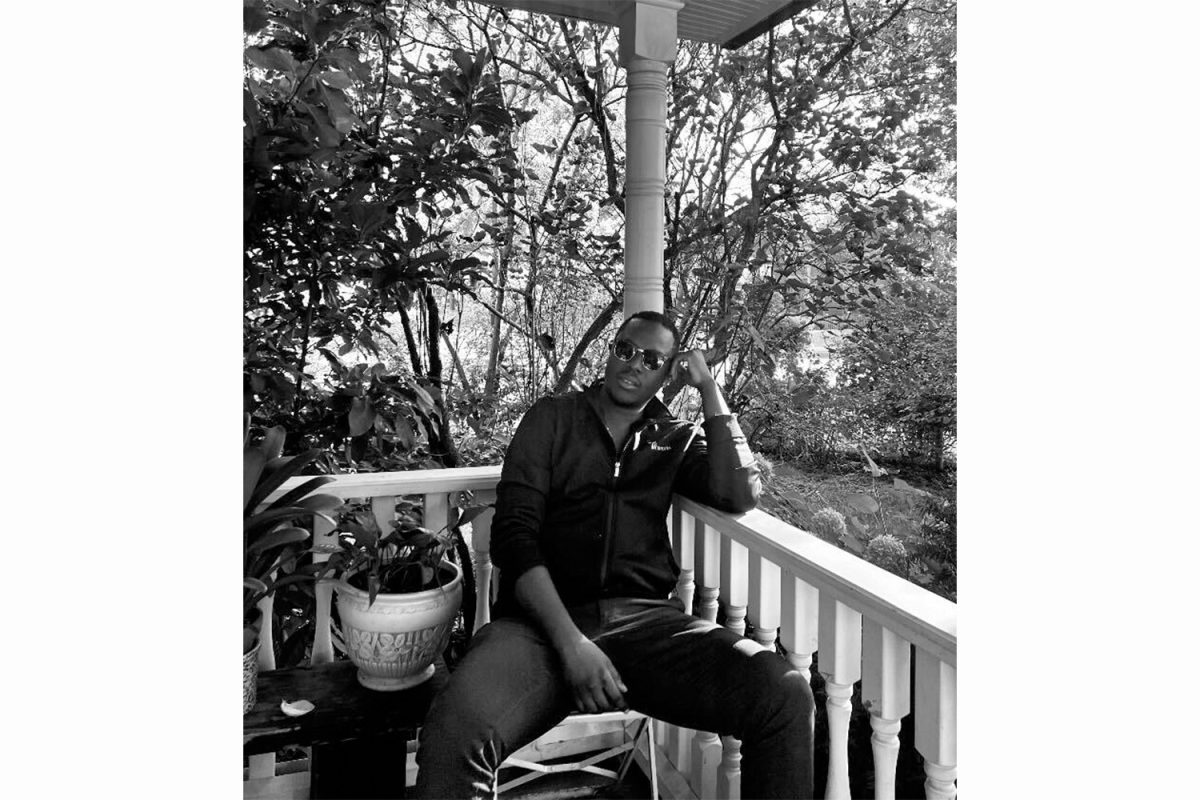Tie-dye is usually associated with peace signs, long hair, and the psychedelic. However, the practice dates as far back as 500-800 A.D. pre-Columbian fashions, a little before the Grateful Dead took the stage.
“I don’t really know why tie-dye found renewed popularity in the ’60s,” said Christopher Roy, a UI professor of art and art history. “It must have been the LSD that made all those colors so appealing.”
It could have been the drugs. Or it could have been the tie-dye market in African nations that charmed the influx of U.S. Peace Corps workers during the era.
Heidi Anderson, who works at the Spot youth outreach center in Iowa City, spent last August visiting Kenya and Swaziland, where she came in contact with Africa’s rich assortment of patterned textiles. She will teach a class on the batik wax-resist dyeing technique in celebration of Black History Month. The Afro-American Cultural Center will host the arts and crafts night at 5 p.m. Thursday. Those who wish to participate in this free and open event must RSVP today.
“When I travel, I always like to bring home pieces of art,” Anderson said about her batik souvenirs. “[Batik is] something you see everywhere in Africa.”
Batik is a cousin to simpler tie-dying techniques. Fabric is dyed using removable wax on the sections of fabric you do not want dyed, whereas tie-dye uses knots or rubber bands in the dying process to produce patterns.
When Roy worked as a Peace Corps officer in Nigeria and Burkina Faso during the ’70s, he saw women everywhere making “thousands of yards” of tie-dye material.
“The tie-dye in these areas is really beautiful and elaborate,” he said. “But usually, they don’t use as many colors in their tie-dye.”
Indigo is the main color of choice. Humans have used this natural blue colorant for more than 4,500 years, and West Africans usually associate indigo with wealth, abundance, and fertility.
In Cameroon, Roy said, tie-dyed clothing is used to show societal rank. He said village chiefs wear large blue and white-patterned clothes upwards of 100 feet in length and 20 feet in width. However, Roy believes most everywhere else in Africa, people wear dyed clothes with “sunburst” effects just for looks.
Indonesia, where the wax tie-dye technique originated, uses a system of plant, animal, and geometric motifs to produce around 3,000 different symbolic designs. Traditionally, certain patterns dictate social status where stripes or wavy lines of greater width indicate higher rank.
Depending on the pattern, “Man with dignity” and “You should be happy and rich man” are a couple possible fashion statements in traditional Indonesian batik. The “tikel asmorodono” motif tells onlookers that the one who wears this batik should be loved increasingly more by others.
Whether tie-dye is used as a mark of nobility or as a drug-induced peace statement, the fashion art form has attracted favor in societies far and wide, ancient and modern.






